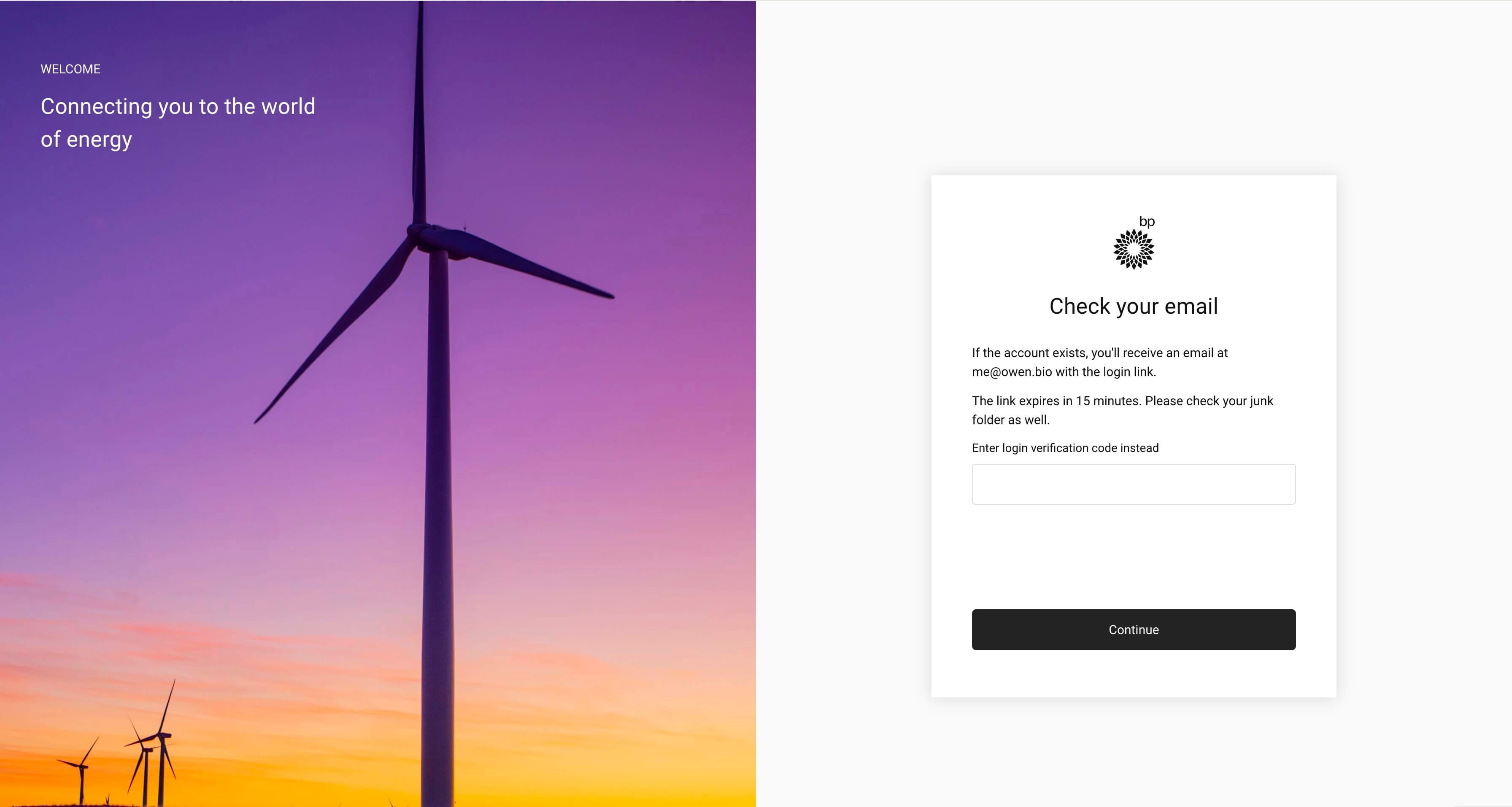As one of the largest energy suppliers in the world, bp offer a fuel card program to businesses for their fleets to fuel & charge vehicles at discounted rates. Their portal to manage transactions was built in the 90's and they needed support to provide a newer platform to customers to avoid further market share decline in this sector.
What shipped
- Fleet Manager Portal
- Fuel Card Onboarding Forms
Impact
- Time to market: full portal delivered in 3 months (previous attempt took 3 years).
- Performance: ~80% uplift on key journeys; faster pages improved migration and NPS.
- Customer recovery: modern UX stemmed further market-share decline in the fleet segment.
- Sustainability: contributed to >60% improvement across the fleet digital estate via page-weight and runtime optimisations.
My role & scope
- Led 6+ engineering teams across FE/BE/QA to sequence delivery, de-risk launches, and hit dates.
- Owned front-end architecture & standards; introduced performance budgets and a11y checks in CI.
- Drove strangler-pattern migration off legacy, coordinating with product, security, and markets.
- Set up release runbooks, feature flags, and rollback paths; coached engineers and tech leads.
Key decisions & trade-offs
- Rebuild vs patch legacy: opted for a greenfield front-end with progressive cutover to minimise risk.
- Service layer: pragmatic Node + .NET mix to reuse proven capabilities while enabling faster FE delivery.
- Platform choice: AWS (CDK) for hosting and delivery, releasing with Azure DevOps pipelines.
- Quality gates: enforced perf/a11y budgets in CI over chasing perfect lab scores. Balanced speed with standards.
See it in action

Tech Stack
React, TypeScript, Node.js, .NET C#, AWS CDK, AWS (Lambda, CloudFront, S3), Azure, Azure DevOps